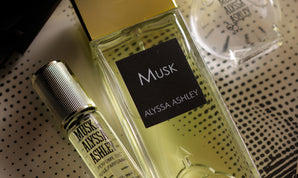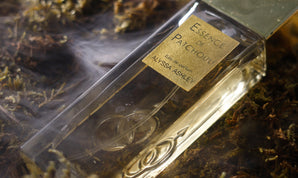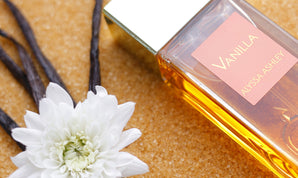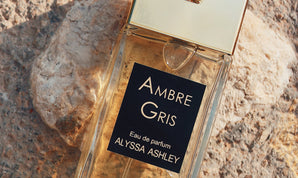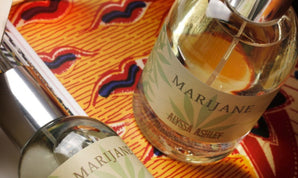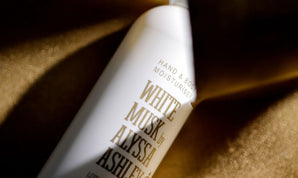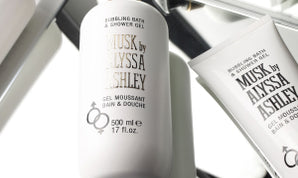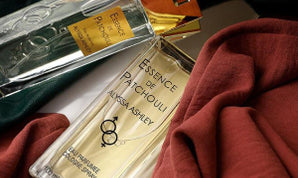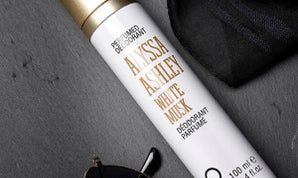Who said that white only corresponds to cleanliness, white and fluffy connotations? Let's get to know all the beauty of this dye-free, yet extremely bright color.
In perfumery, for example, white wins over everything and characterizes the raw material, making it unique and special. In this regard, I thought I would give you some examples.
Are you ready to smell white?
- Let's think about white flowers, jasmine and tuberose, for example, they are hypnotic, fascinating. Among the molecules that make up their scent is indole, magical, intoxicating. Depending on the concentration it can either be absolutely revolting or extremely seductive. It’s crucial that the formula transmits sensuality. Personally, I would compare it to a vegetable fertilizer. What may first turn out to be a sad bouquet, blossoms lushly with a minimal amount of indole; you have to try it in order to believe it.
It's the weapon of seduction devised by the most intoxicating night flowers to attract pollinating insects. But, evidently, even to humans the scent of indole flowers is absolutely irresistible.
- White oud has a completely different olfactory profile from the agar oil that we've been used to smelling. Smoky, umami, humid notes, a microcosm populated by fungi, molds, insects. Warm woods with a salty, animal base, absolutely fascinating.
- White cognac essential oil is obtained by steam distillation of cognac processing residues, that is, from distilled, dried and fermented grape pulp. A matter loaded with fruity and floral notes. In perfumery, not only for the fine palate, the "wine" note is much loved. It is used for body perfumes, but also and especially for room fragrances. A very useful essential oil for recreating the grape accord.
- Citrus Paradisi, i.e., white grapefruit, is an essential oil obtained by pressing. It is rich in vitaminic, refreshing notes with bitter, slightly powdery undertones.
- There is an absolute of sheep's wool, you heard me right, I am talking about the white coat of the animal. A raw material that is not the result of intensive farming, fortunately, there are several farmers who are inventing new uses for their wool. Shearing is a necessary operation, but having to dispose of unsold wool, as special waste, becomes a big problem. From the most creative minds there are also materials for perfumery, and this absolute is a clearly animal and very persistent base note.
- Everyone calls it ambergris, but there is a type that has a white color. A dye is made and the raw material is aged for a full year before being processed. In mainstream perfumery, this material today has been entirely replaced by synthetic materials because of its high cost and of low availability. I have talked about ambergris here.
- I have also talked extensively about the rose flower and related extractions. While it is true that basically two species of plants are used in perfumery (Rosa Centifolia and Rosa Turca) and the color of the petals is unimportant, the rest is all about pyramiding and marketing, there is a raw material extracted almost and exclusively from roses with white petals. They are not selected on purpose, simply because the Alba rose, also called the white rose, produces, essentially, only petals of that color. Alba roses are probably among the oldest categories of roses reported in botanical chronicles. Its aroma, an essential oil, is fresh, bright and velvety.
And then there are the perfumes that even have white in the name. White Patchouli, among Alyssa Ashley's latest releases. The strong, assertive character of the classic Essence de Patchouli can all be felt, but in this combination of materials in the formula, it is more persuasive, sweet, loving.
Do you agree with me? Let's smell the "new" white, because it's minimalist and maximalist at the same time.
